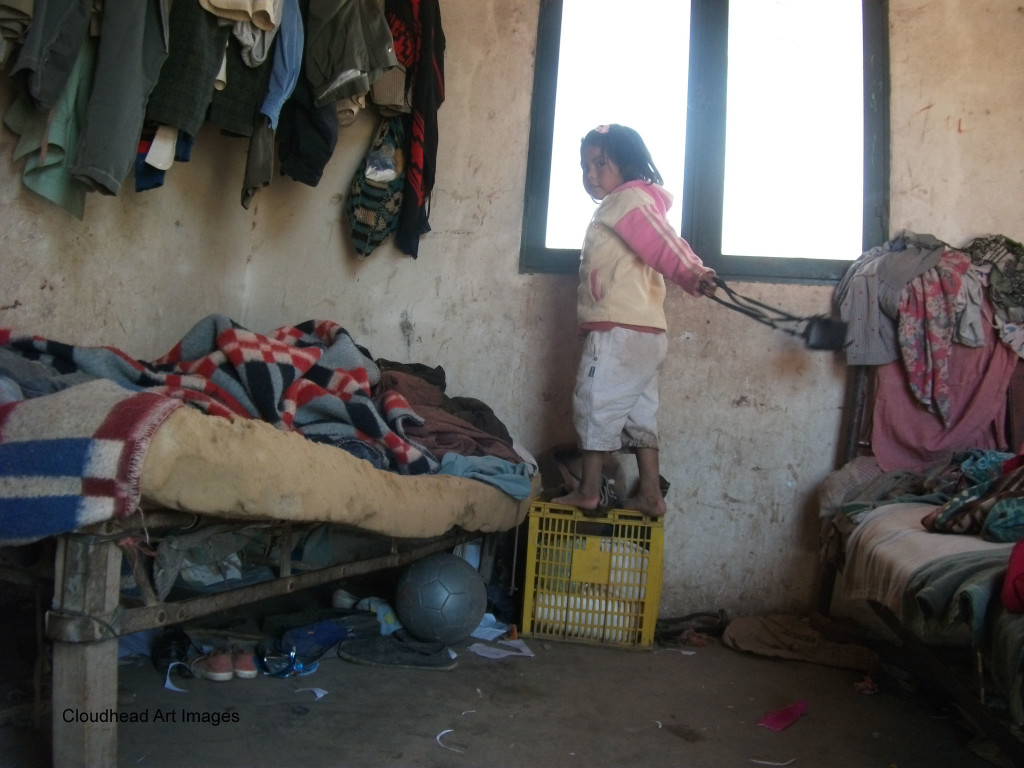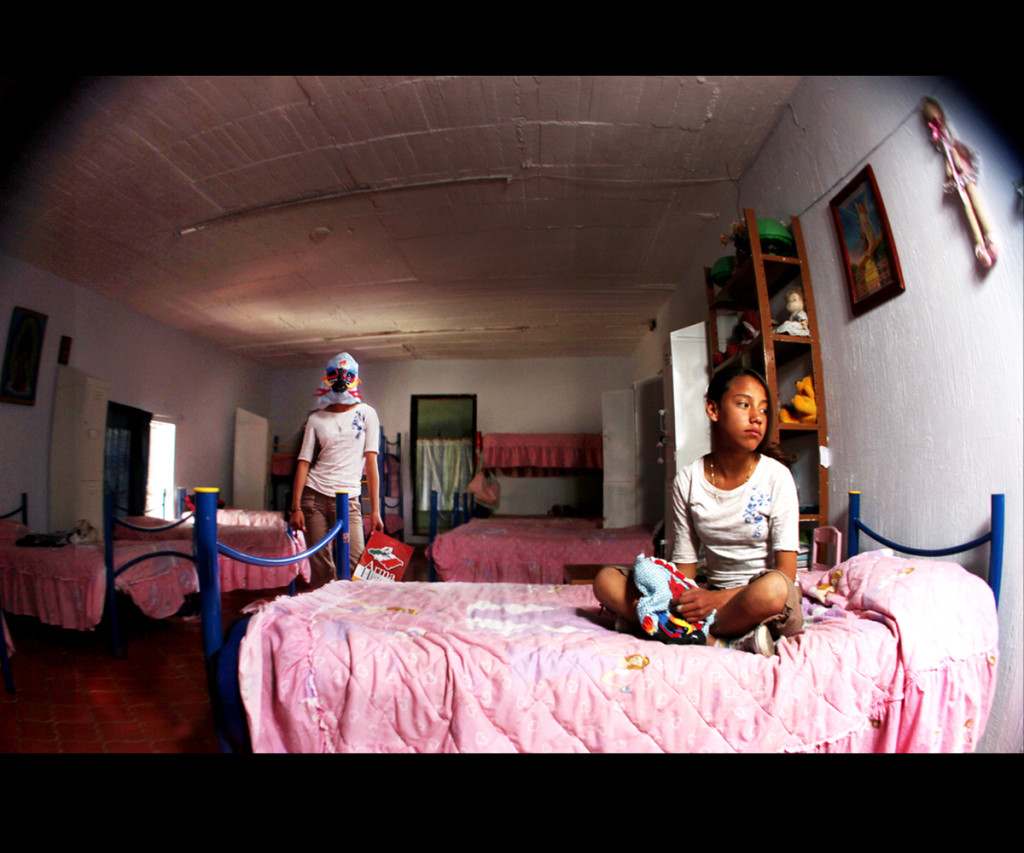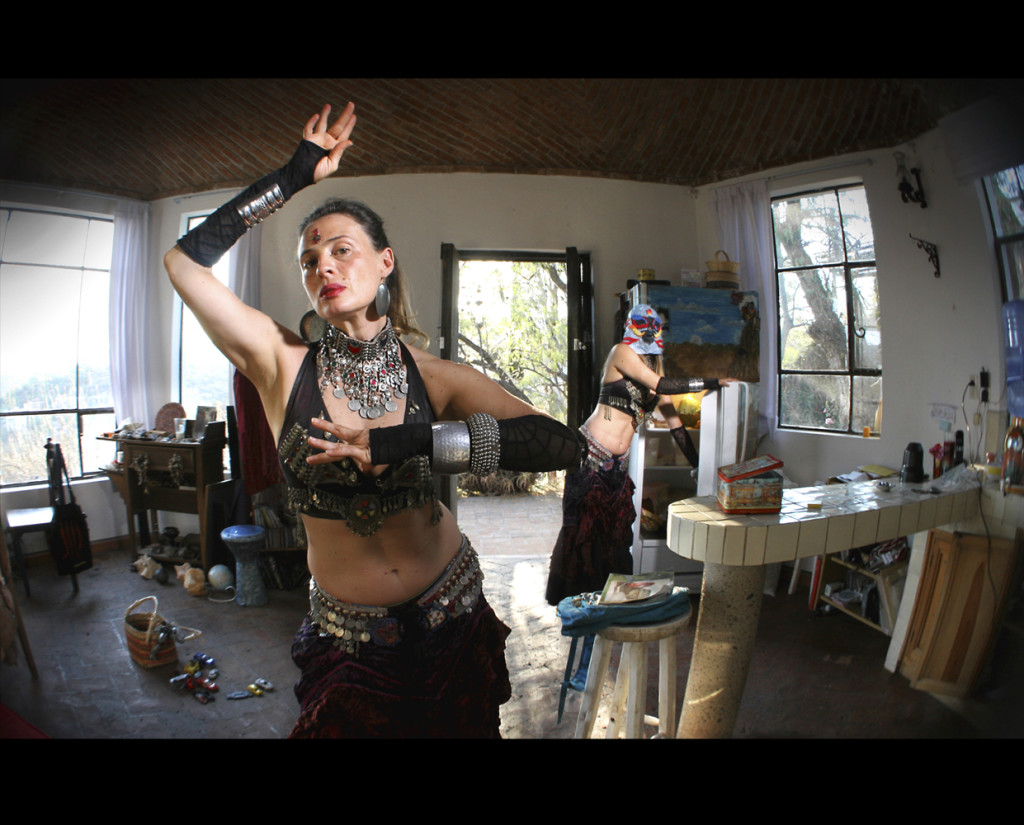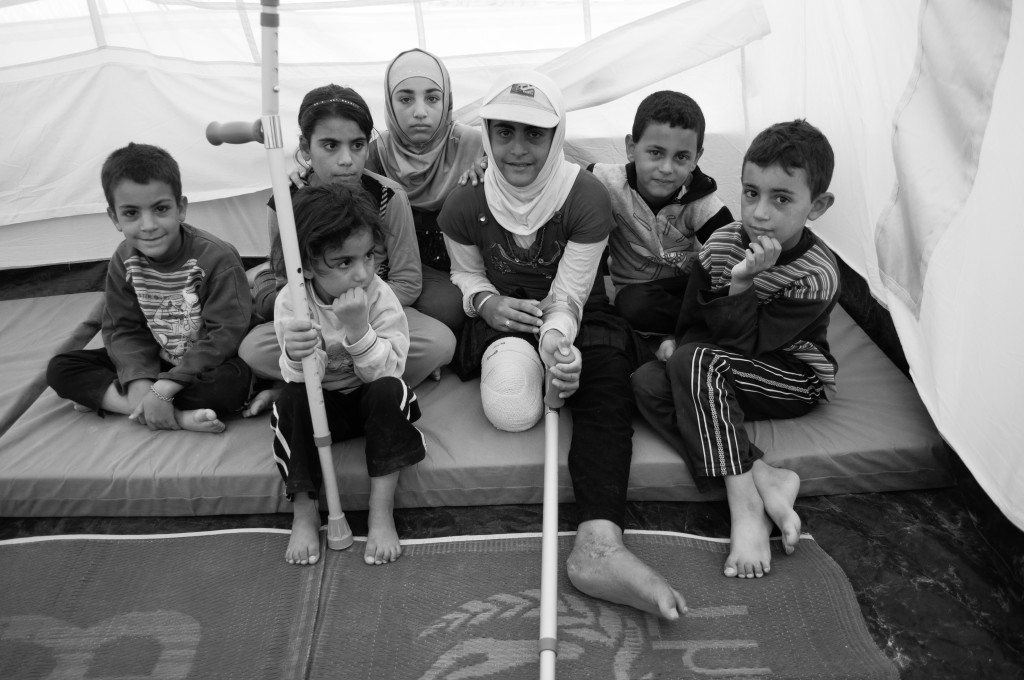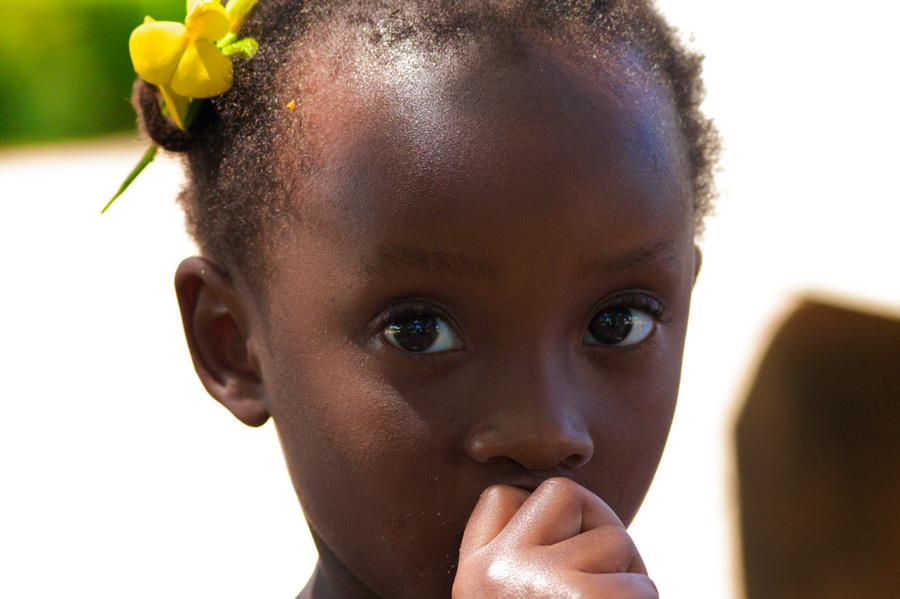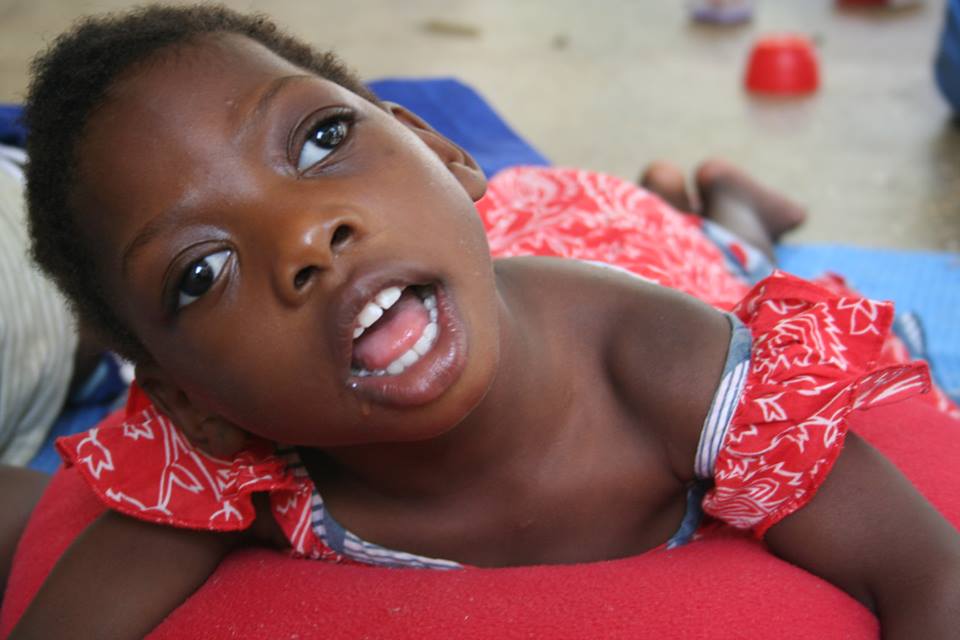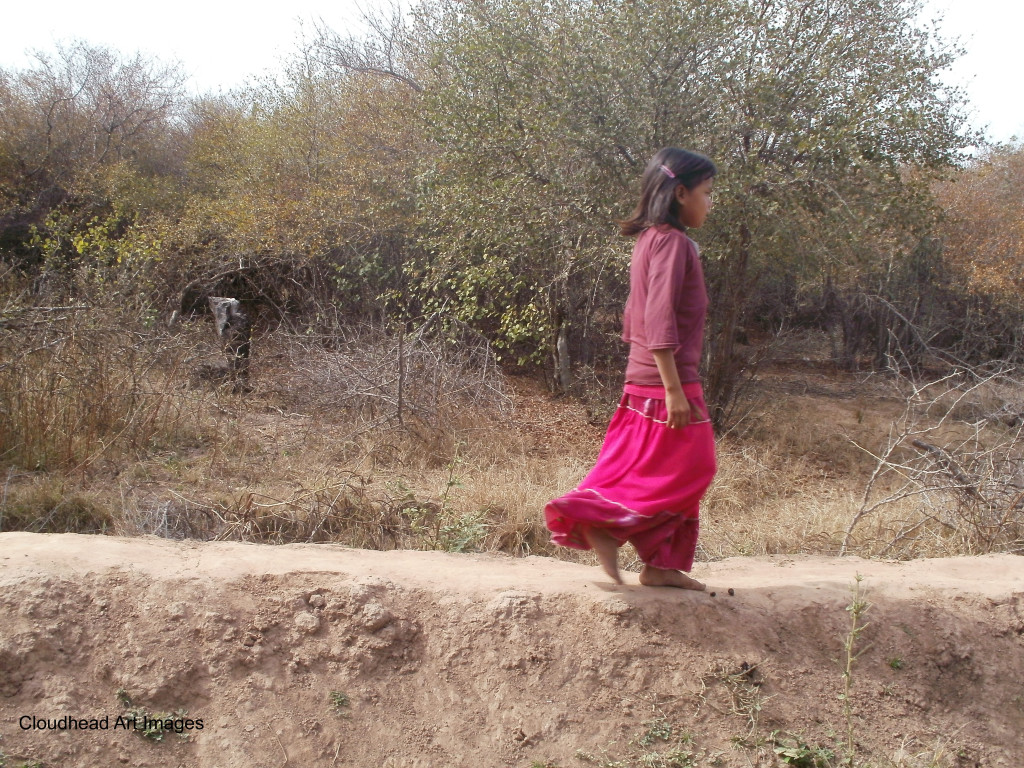October 11 is the United Nations appointed International Day of the Girl. Why focus on girls? Because every dollar spent in the aid and education of girls and women creates real social change.
While Cloudhead works with students of both genders, we want to take today to share the photos, stories and dreams of girls we know.
Some we work with personally. Others live far from us. We haven’t met them, but they are connected to us by our partner programs and via Cloudhead connected artists and photographers.
The story they tell is one of possibility. When we support girls, we support education. When we support girls, we support the women of the next generation. When we support girls, we create a future of greater equality and greater justice for all.
COLECTIVO TAN 473 & THE MUSKOKA FOUNDATION
Cloudhead signed a partnership with The Muskoka Foundation, aka Do Good As You Go this year. They provide us resources, screened volunteers and other resources in return for simply continuing to do the work we do.
Women and girls are the connective tissue of our homes, communities and cities. When they are allowed access to the hope and opportunities that education provides, we give everyone around them the gift of that girl realizing their potential
Katie Clancy, director of Partnerships & Programs at Do Good As You Go, is a vocal and passionate advocate of girls’ education. Education provides empowerment and choice for the individual. It is her belief that when we educate girls, not only does the individual benefits, but society also reaps the rewards.
These photos are from the Luchadora series of a Colectivo TAN 473 project. La Luchadora is a persona, a fictitious image of a fighter and a woman. She represents a collection of the strengths, weaknesses and experiences of real women and girls that were interviewed and photographed by Colectivo TAN 473 throughout this project. She is represented by someone wearing a mask in each photograph.
These photographs present women who have overcome great difficulty, survived grave periods of violence and personal challenges, and have dedicated their energy to helping other women. In doing so, they express the idea that La Luchadora lives within all of these women.
GREGORY BEALS
Gregory Beals is a writer and journalist currently exploring refugee issues for the United Nations High for Refugees. His photography of Syrian refugees in camps provides an insight into the lives of more than 2 million people. He shows real people, living real lives.
12-year-old Syrian refugee Iman arrived to Jordan’s Za’atri camp this summer after losing part of her leg during an attack on her home in Golan. Two of her teenage brothers were also killed during the incident. Despite losing her home and her siblings, she has persevered. She’s made up her mind that she will become a doctor “so I can help children like me.”
FOREVER ANGELS
My world was forever changed after spending one afternoon in the garden with these children. They were my teachers, my mentors, my spirit and my light.
– Meghan Horton, Assistant Manager at Forever Angels
Amy and Ben Hathaway founded the Forever Angels orphanage in 2006. Since then, Forever Angels has cared for hundreds of babies, managing to reunite or find adoptive families for the majority. They have approximately 60 children aged 0 to 5 years in care at any one time.
Not only do they help provide care for the babies themselves, but their outreach programme provides education for teenage girls, some of whom are mothers themselves, to help improve their opportunities and safety.
Katy has microcephalus and cerebral palsy. She was found by the roadside with a brown leather bag full of clothes.
Tabitha’s mother died from HIV/AIDS soon after giving birth. Antiretroviral treatment means Tabitha is free of the disease and is now a healthy young girl.
CLOUDHEAD
Of course, no photo essay of girls would be complete without sharing some of the photos taken by students in the Cloudhead Wichi community.
One of Ramon’s daughters takes a walk during a family picnic.
This photo is from our first visit to the Hickmann Wichi village. Many of the girls were shy to have their photos taken, many times covering their mouths with their hands. They were less shy, though, when other children took photos instead of us.
